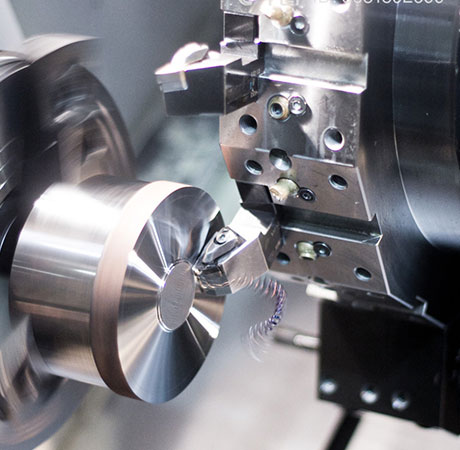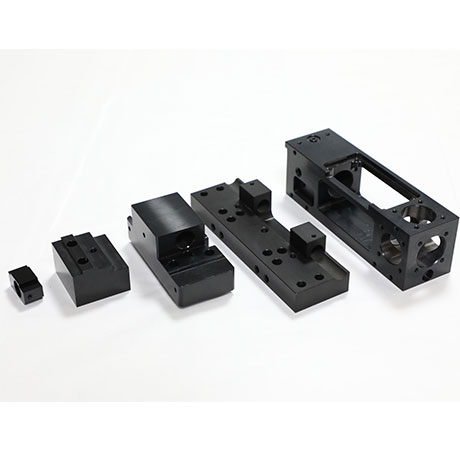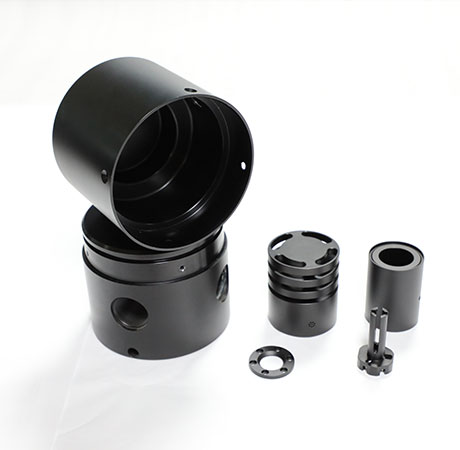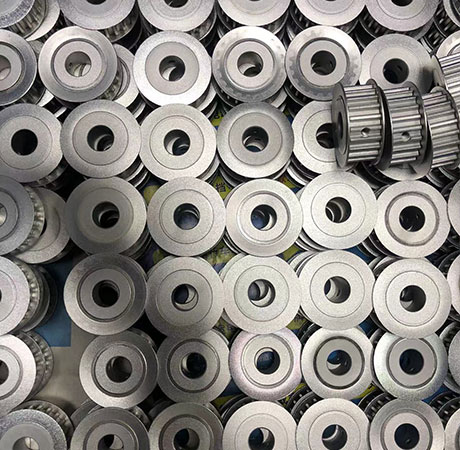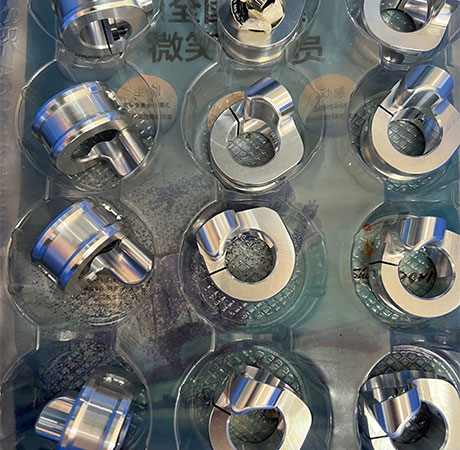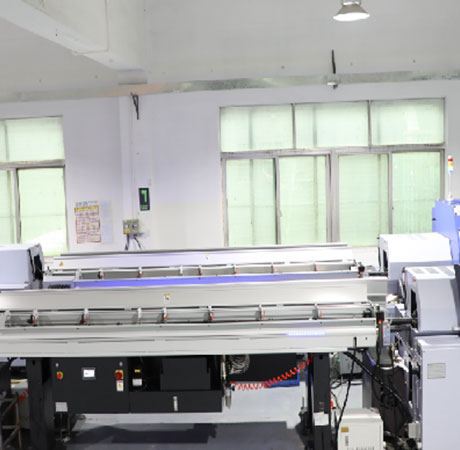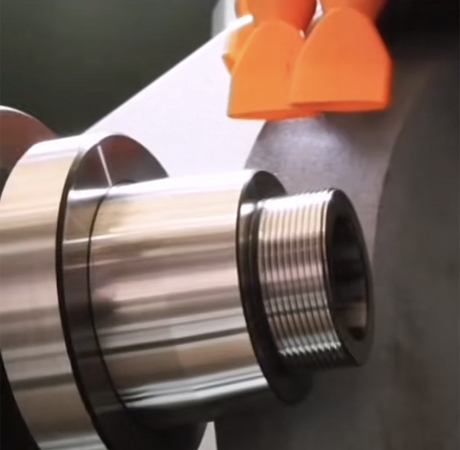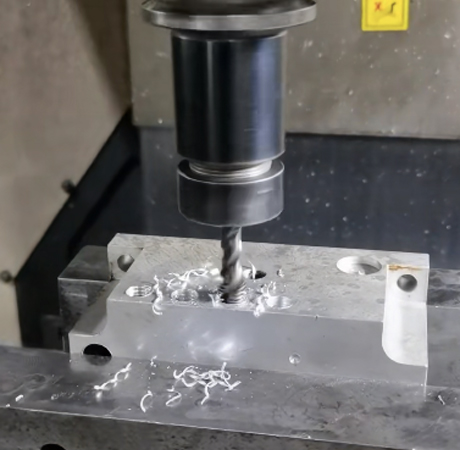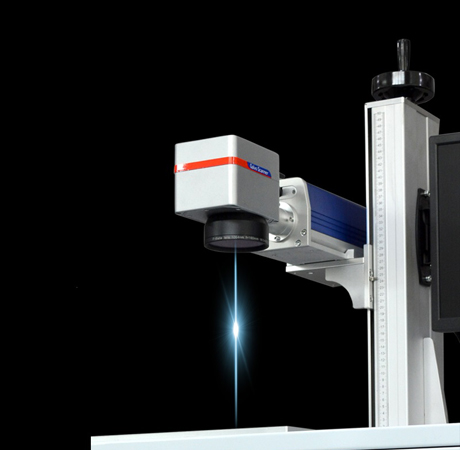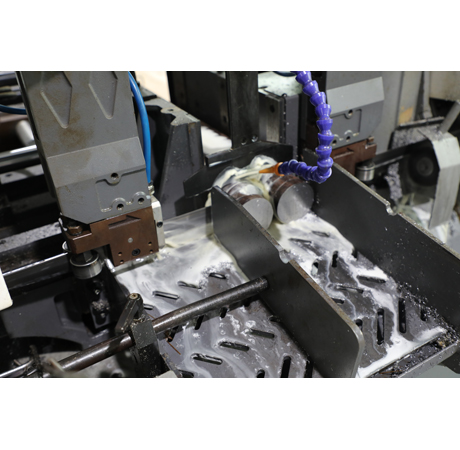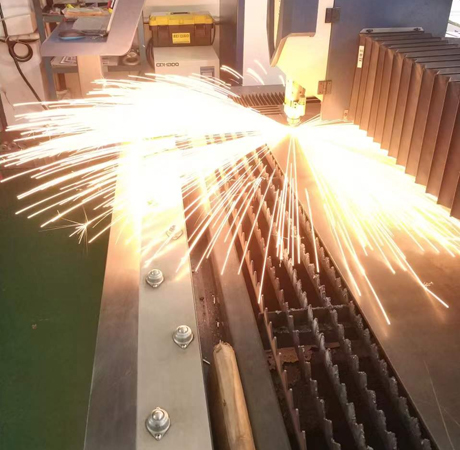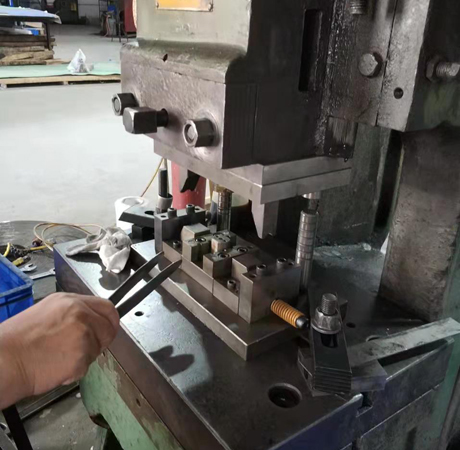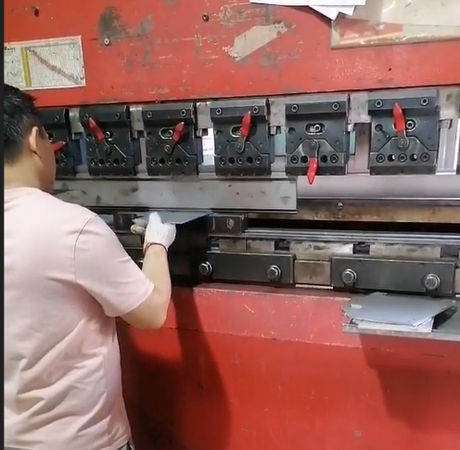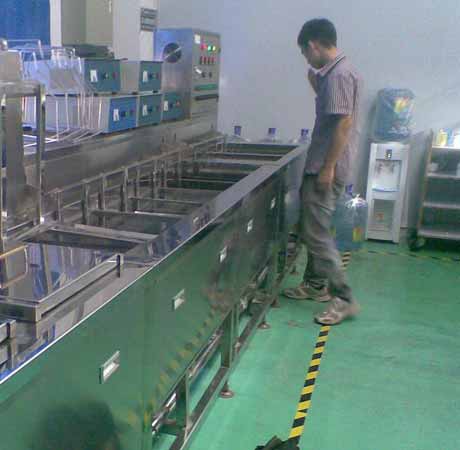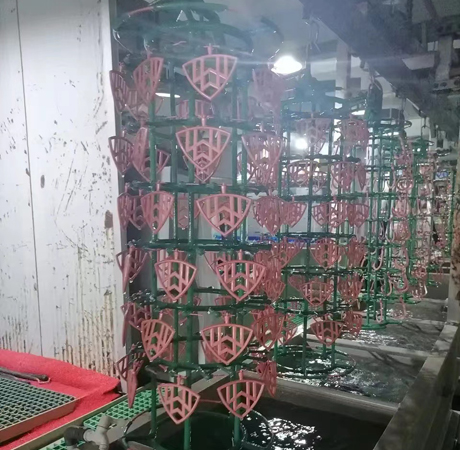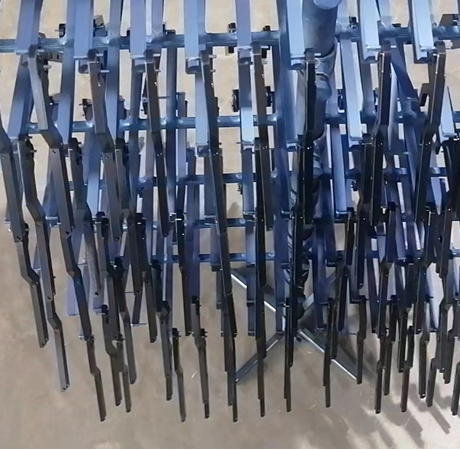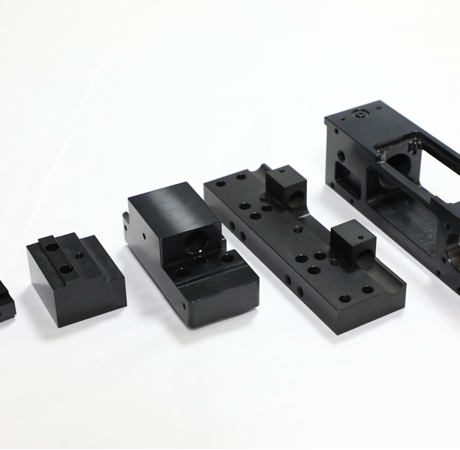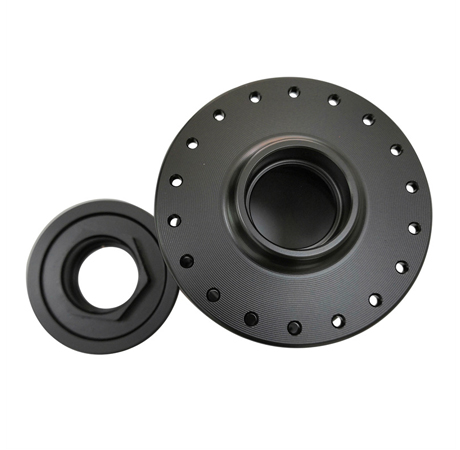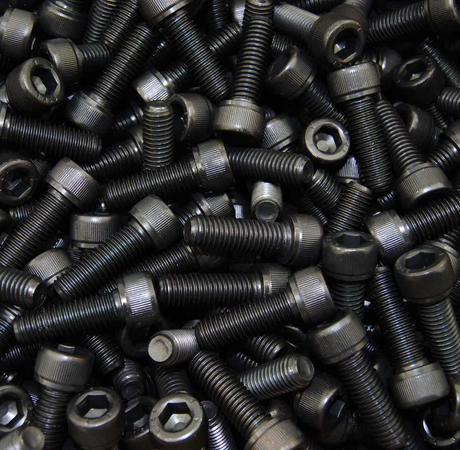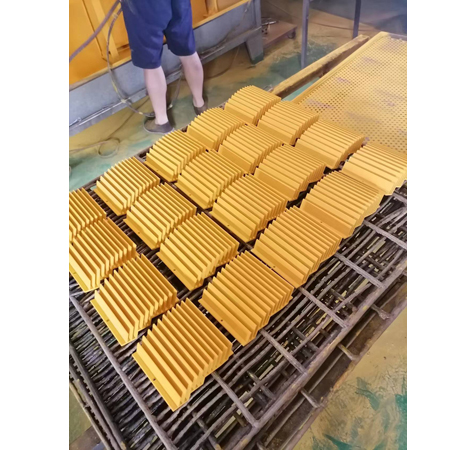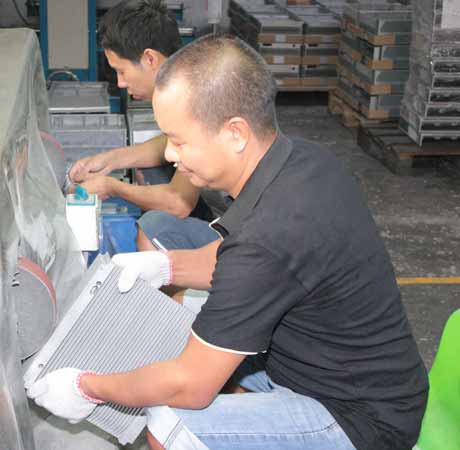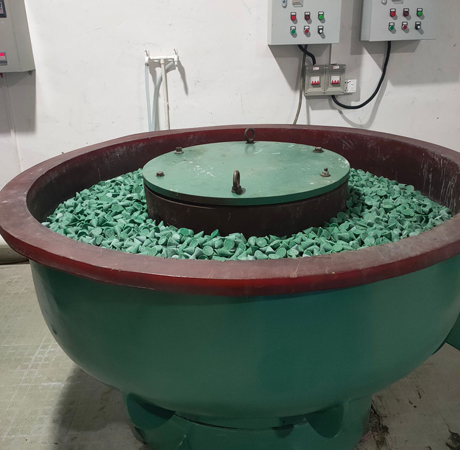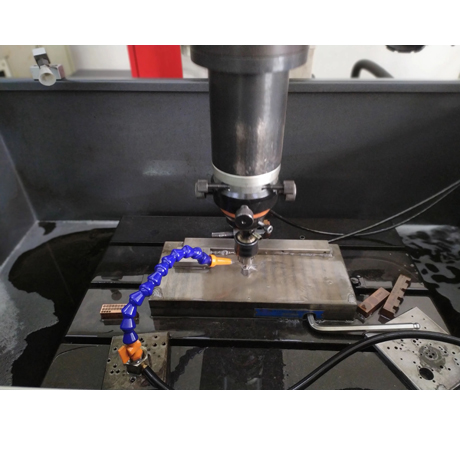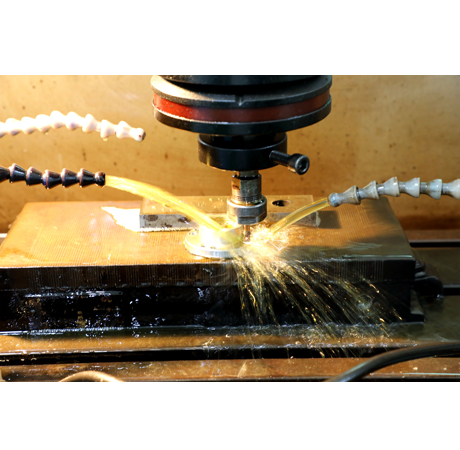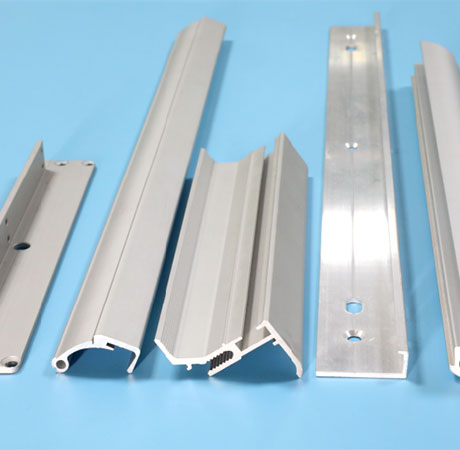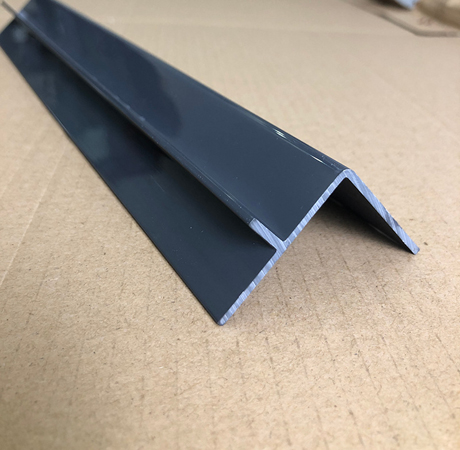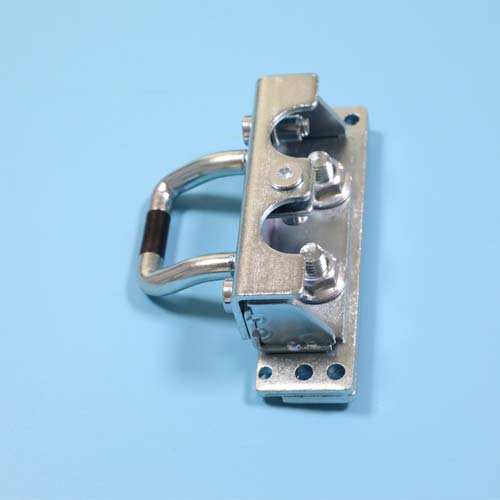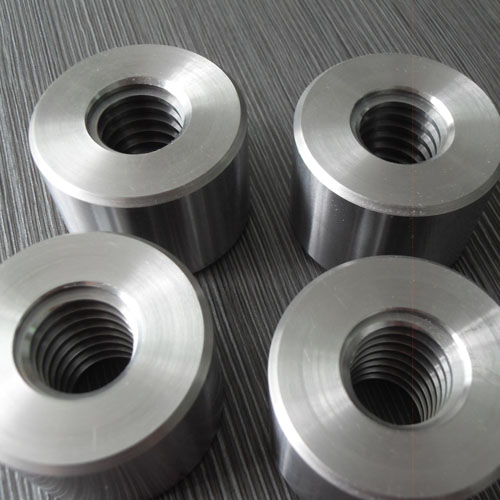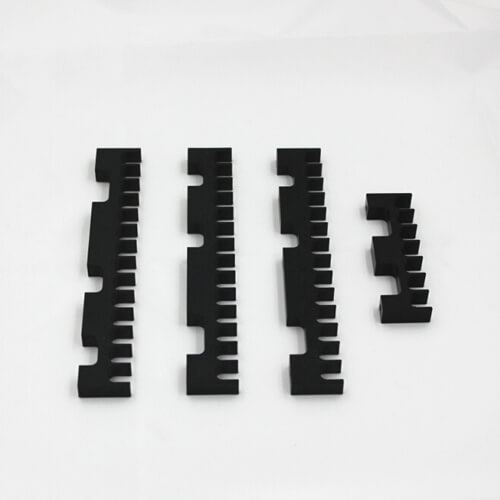5-axis machining center, also known as five-axis linkage machining center. The most commonly used machining center in the market is the X, Y, Z three-axis machining center, where the X, Y, and Z axes determine the size of the parts that can be machined. The 5-axis machining center is a high-tech, high-precision machining center that is specialized in processing complex surfaces. This type of machining center system has a significant influence on the aviation, aerospace, military, scientific research, precision instrument, high-precision medical equipment, and other industries in a country.
Currently, the five-axis CNC machining center system is the only means to process impellers, blades, ship propellers, heavy-duty generator rotors, turbine rotors, large diesel engine cranks, and other parts.
Which five axes does the 5-axis machining center have?
The commonly used 5-axis machining center uses X, Y, Z, A, C or X, Y, Z, A, B. The X, Y, and Z axes are linear axes, and the A, B, and C axes are rotary axes.
Five-axis linkage means that there are at least five coordinate axes on one machine tool: usually, the X, Y, Z, A, and C axes are combined to form 5-axis machining. This process is skilled in spatial surface machining, complex machining, hollow machining, drilling, oblique drilling, oblique cutting, and so on.
In addition, there is also a "pentahedron machining center" similar to a three-axis machining center, but it can do five faces at the same time. However, it cannot do irregular machining, drilling inclined holes, cutting inclined surfaces, etc.
Common classifications of 5-axis machining centers
Vertical 5-axis machining center, horizontal 5-axis machining center, rocking two-axis NC worktable, NC worktable NC dividing head, NC worktable 90-axis, NC worktable 45B-axis, NC worktable A-axis.
Each of the above linkage methods has its characteristics and cannot be classified as better. Only which 5-axis machining center to choose depends on the production process suitable for the products you need to produce.
Five-axis linkage double swing head machine tool
The swing coordinate driving power of the double swing head machine tool is small, and the workpiece is easy to load and unload, and the coordinate conversion relationship is simple.
Five-axis linkage double rotary table machine tool
The rotating coordinate has sufficient range, and the processing performance of the 5-axis machining is good.
Due to structural limitations, the rigidity of the swing coordinate is lower and becomes a weak link in the overall rigidity of the machine tool. However, the rigidity of the rotary table machine tool is significantly higher than that of the swing head, thereby enhancing the overall rigidity of the machine tool.
It is easy to develop into a machining center. Only the independent tool magazine and the tool changing robot need to be added. However, the driving power of the rotary table coordinate of the double rotary table machine tool is higher, and the coordinate conversion relationship is more complex.
Five-axis linkage one swing head and one rotary table machine tool
The performance of the one swing head and one rotary table machine tool is between the two mentioned above.

